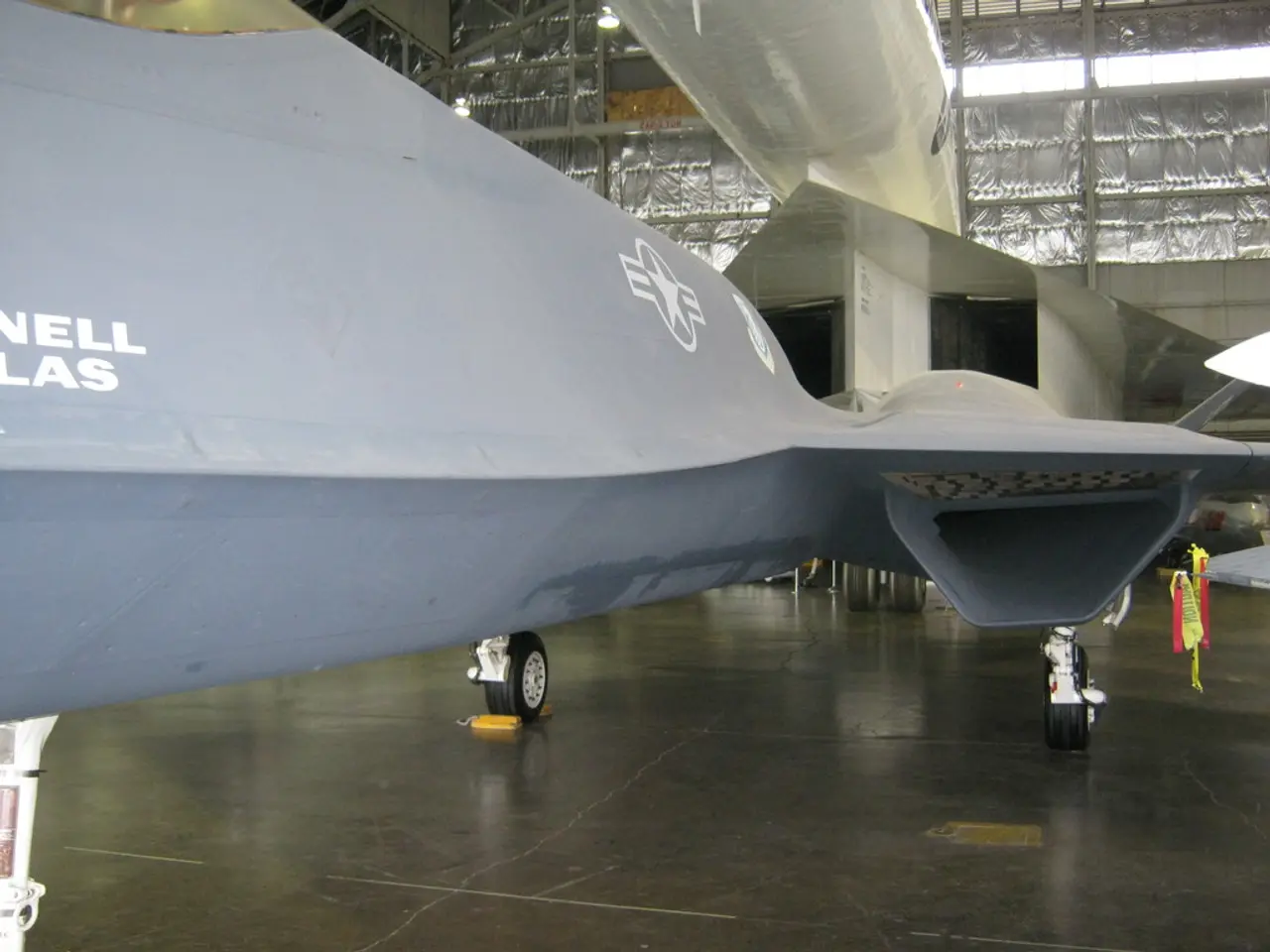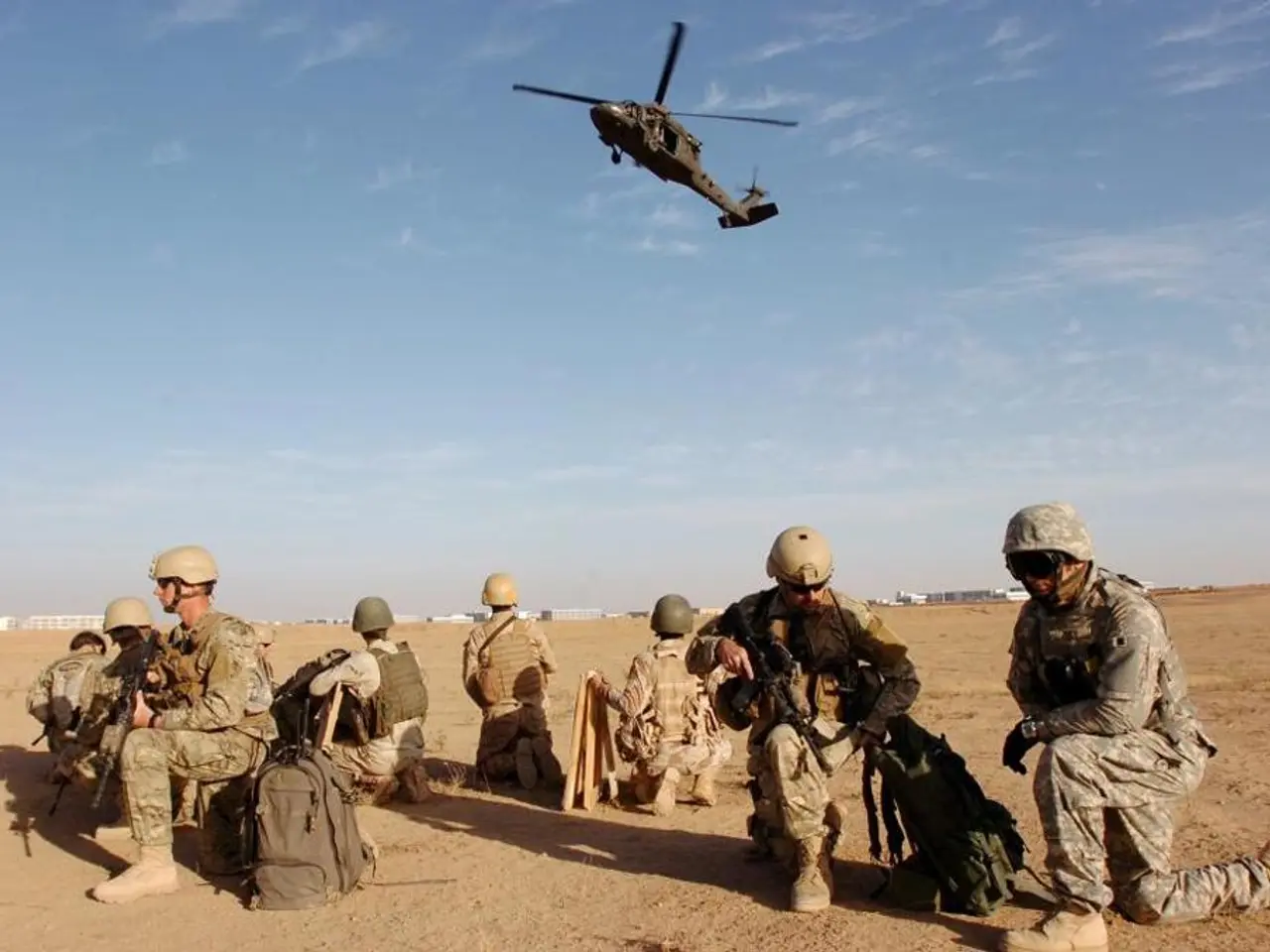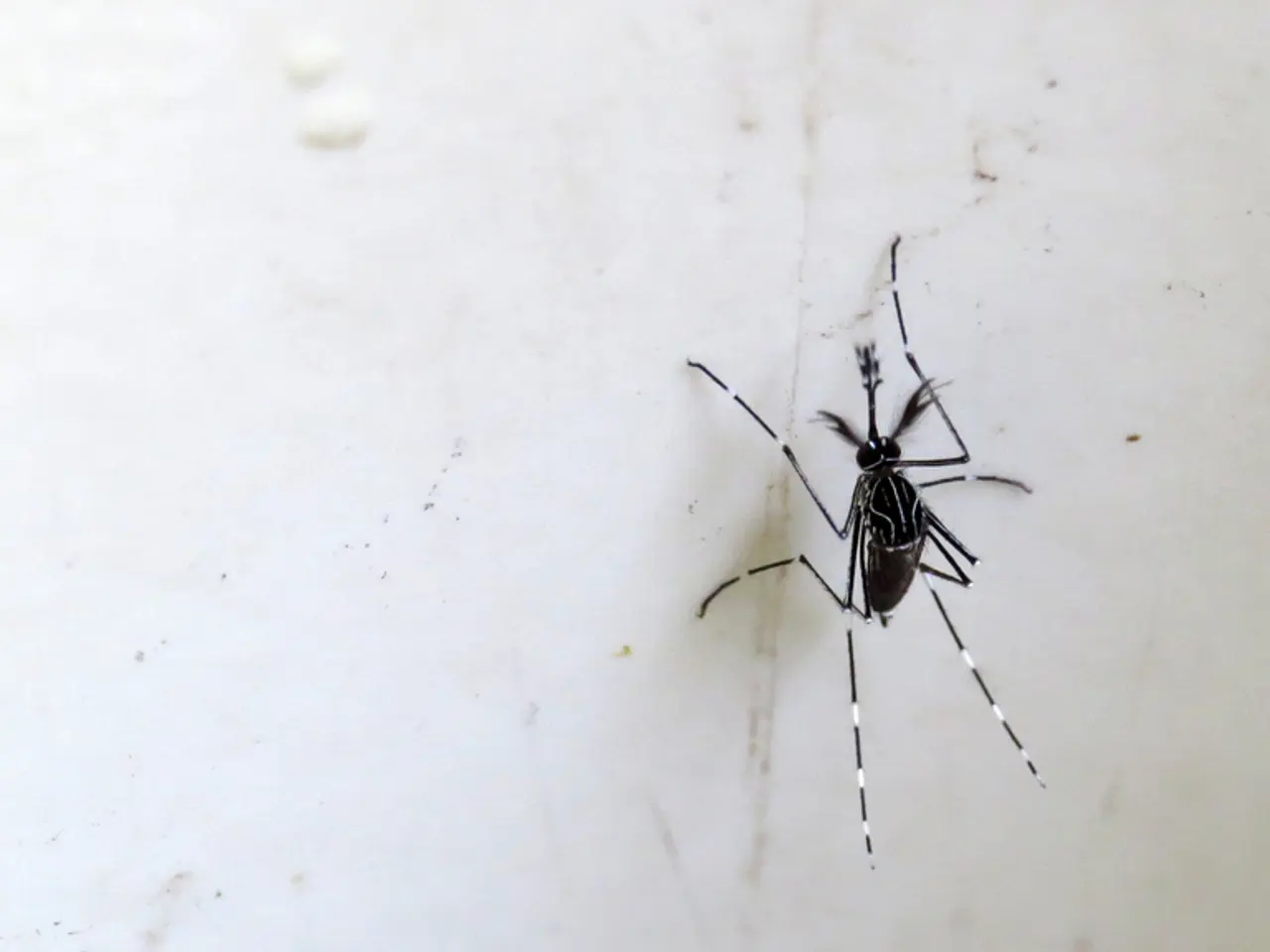Midair Collision Investigative Hearings' Final Day Focuses on Collision Avoidance Tech and Safety Systems, Under Scrutiny by NTSB
The National Transportation Safety Board (NTSB) has determined the probable cause of the tragic midair collision between a US Army Black Hawk helicopter and an American Airlines regional jet, which occurred near Ronald Reagan Washington National Airport in January.
The collision, which resulted in the death of 67 people over the Potomac River, was primarily due to the Black Hawk helicopter flying above its authorized altitude limit. Inaccurate altitude readings from its barometric altimeters contributed to the error, causing the helicopter to fly above the 200-foot altitude limit on the route along the Potomac River.
Other contributing factors included a history of air traffic control warnings about helicopter traffic hazards near the airport that went unaddressed, the congested airspace around the airport, possible communication issues such as missed radio transmissions, and the helicopter crew likely wearing night-vision goggles during the flight, which may have impaired their situational awareness.
The NTSB is currently questioning witnesses on collision avoidance technology and organizational systems to manage risk. The investigation is expected to conclude with a determination of the collision's probable cause in January.
During the hearings, multiple air traffic controllers and pilots at Reagan National Airport have expressed struggles with the constant stream of planes, leading to a "make it work" attitude among them. The NTSB has also heard concerns from industry professionals, such as Rich Dressler of Metro Aviation, who expressed discomfort with the way the Army flies helicopters around the city.
The investigation involves the NTSB, Army, PSA Airlines, air traffic controller's union, and Federal Aviation Administration. Witnesses from these parties have been testifying for over ten hours each day during the hearings, with Friday's session expected to go longer to ensure everyone has an opportunity to ask questions.
Transcripts of the cockpit voice recorders and air traffic control audio have revealed that the tower did warn the pilots of the Black Hawk helicopter about the approaching regional jet, but they said they would avoid it. However, an FAA witness acknowledged that the air traffic control tower failed to warn the pilots of the American Airlines regional jet about the presence of the helicopter.
Despite the "no safety alerts" given, according to Nick Fuller, the FAA's acting deputy chief operating officer of operations, the local controller should have informed the PSA crew about the helicopter. When asked about this, Fuller acknowledged, "Yes."
The first two days of testimony focused on critical moments leading up to the collision, standard safety practices, incorrect altimeter readings, and the helicopter route's proximity to the airport's plane landing path. The hearings are providing valuable insights into the factors that led to this tragic incident and recommendations for improving safety in the congested D.C. airspace.
The tragic midair collision involving a US Army Black Hawk helicopter and an American Airlines regional jet, which occurred near Ronald Reagan Washington National Airport, has implications extending beyond the aviation industry. Institutions involved in the investigation, such as the Federal Aviation Administration (finance), are examining their roles in managing the chaotic airspace surrounding the airport. The incident underscores the importance of interindustry collaboration to enhance transportation safety. Furthermore, this catastrophe highlights the need for effective risk management mechanisms within the military (us) and commercial aviation sectors in crowded air spaces.








